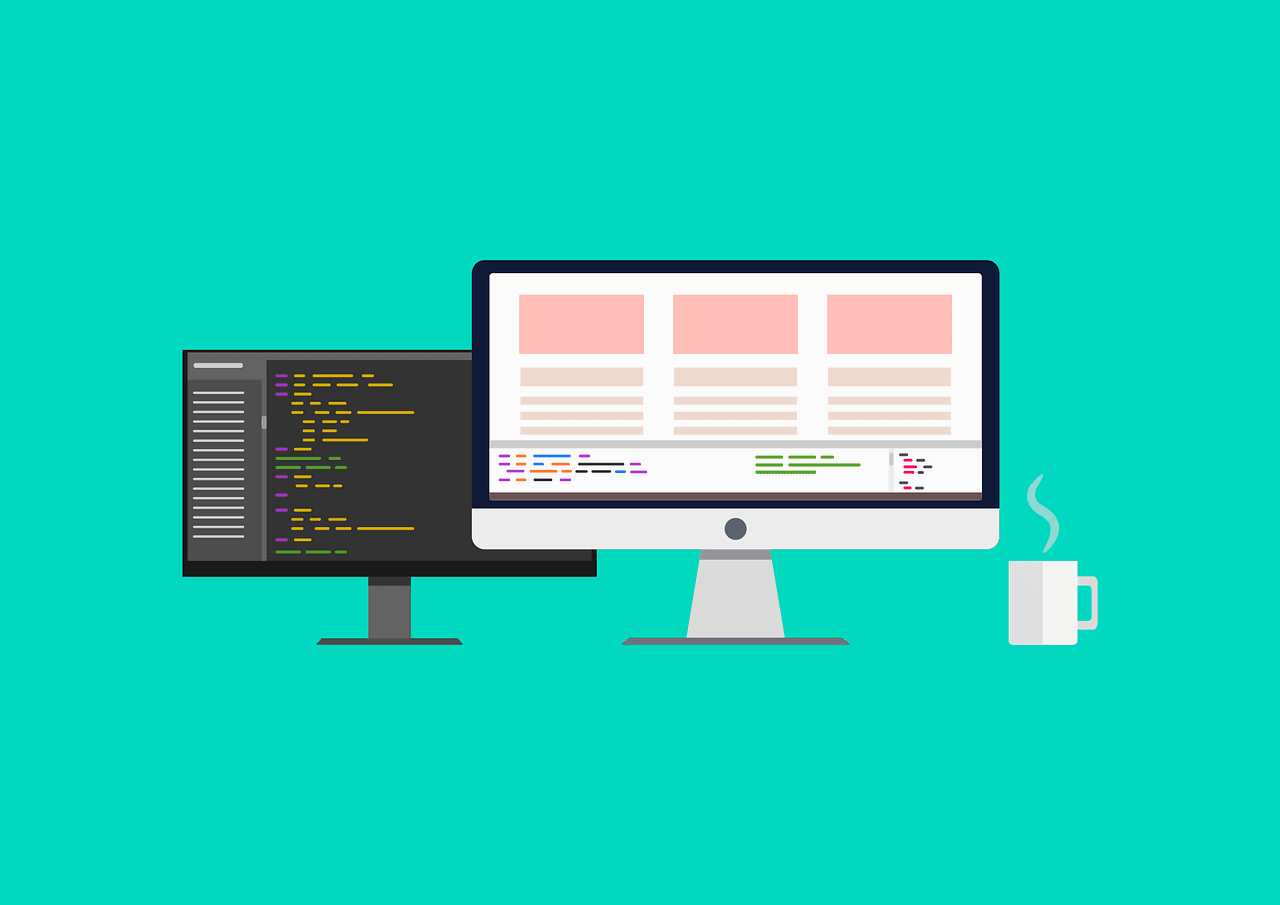Want to know about the top Frontend Technologies? A front-end web developer’s responsibility is to create the content that consumers view on their displays. There is no doubt that front-end developers all over the globe strive to employ the finest front-end frameworks to provide the greatest user experience.
Because so many new companies enter the league each year, the digital industry has grown to be a very competitive area. Previously, only a select few players created their internet platforms and began promoting their goods and services. Organizations realized that the future of engagement and presence is online as a result of the technological boom.
The end-user is the main emphasis nowadays, and long-term client retention depends on providing a terrific experience. Creating a user interface that is user-friendly and smooth is the first stage in this procedure. Indeed, it refers to programmers working with intricate processes and features. However, the efforts eventually lead to lucrative corporate expansion.
The Best Frontend Technologies
Many frontend technologies for the web and mobile are guaranteed to shine in 2023 given the existing landscape of technology. The market is expected to be dominated by the top front-end technologies listed below in 2022–2023.

1.React
ReactJs may easily take the top rank for the greatest Front-end Framework, given how simple it is to learn and how much money a ReactJs front end development earns. The Facebook team originally developed React, which is now an open-source framework.
It was challenging to repair and maintain the code side of Facebook since it was new software that required frequent updates and changes. They were able to simply alter the code thanks to React. The Virtual Document Object Model (DOM) with extraordinary capabilities is what makes React special.

2.Angular.js
The MEAN stack includes the open-source Javascript front-end framework AngularJS (MongoDB, Express.js, Angular, And Node.js). Creating single-page web apps is its main usage (SPAs). Since it is a versatile framework, programmers may use it to make near-native mobile applications by combining it with tools like Ionic, Cordova, or NativeScripy.
Developers may easily create UI views using the tool’s built-in templates. With AngularJS, data binding is simple and rapid without the need for a developer. Caching is permitted, reducing the load on the CPU. The quick loading times and little navigation make for a good user experience.
3.JavaScript
Over the last 25 years, JavaScript has been in use. Due to its dynamic features, the programming language is credited for modernizing the web. While static material is unchangeable, dynamic content is subject to change.
The web was static as a whole prior to JavaScript’s invention. A web page was just a long paragraph of text. Then came JavaScript, which allowed for interaction like scrolling, clicking, and much more. Now, the majority of websites employ JavaScript, which also serves as the foundation for the majority of front-end frameworks, several of which will be briefly discussed today.
4.TypeScript
Any frontend developer worth their salt will tell you that JavaScript can be complicated and sometimes even hazardous when it comes to types. With TypeScript, this is not the case anymore.
You can create ordinary JS with some extra type definition syntax with this. Due to its ability to reduce the amount of time that developers must spend troubleshooting type-based problems and its ability to increase the stability of the finished product, this technology is quickly becoming the norm in contemporary front-end development. Every time we make a mistake with variable types in TypeScript, an error is thrown so that we may fix it before clients notice bugs.
5.Flutter
Google has provided Flutter as a UI software development kit (SDK). Along with Flutter, programmers create cross-platform applications using the quick programming language Dart and the clever visual engine Skia.
Skia uses APIs from a range of development platforms to abstract platform-specific visuals and creates native UIs, and benchmarks show that Dart is even quicker than JavaScript.
Naturally, these Flutter features greatly speed up the creation of new code. The ready-to-use widgets offered by Flutter are also very customizable and quick to employ.
Conclusion
We all have a little urge to employ the most recent and popular technology. The reality is that they typically become popular for a cause and provide some fresh or more effective approaches to problem-solving.
Keep an eye on the market, experiment, and try new ideas, but keep in mind that you must always base your decisions on the demands and issues that your project must address. Consider the needs, then examine the technologies that are accessible and how they may assist you.
